Is Titanium Dioxide in Makeup Carcinogenic?
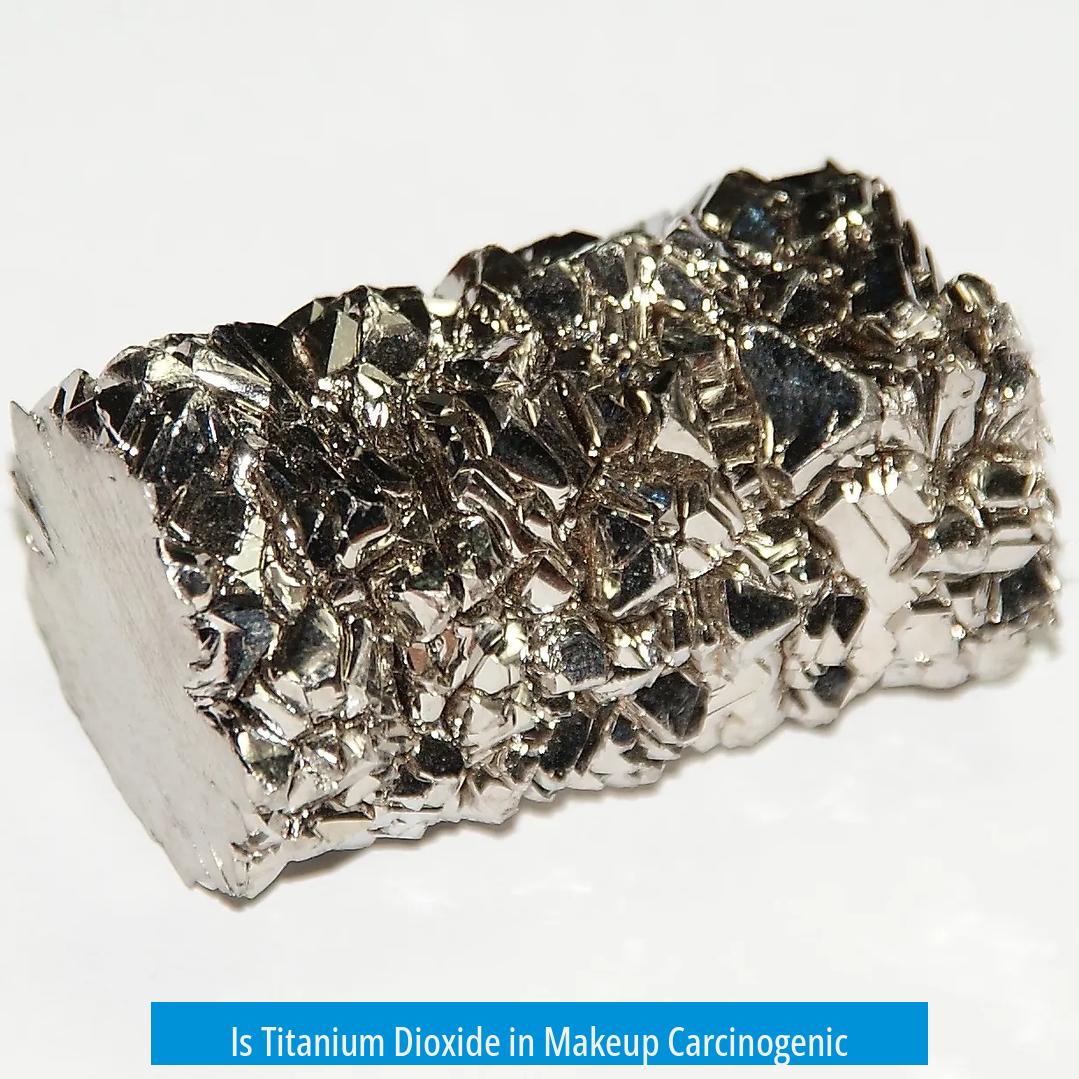
Titanium dioxide (TiO2) in makeup is not carcinogenic in the forms and amounts used in cosmetics. The concern about carcinogenicity arises only with respirable forms of titanium dioxide particles, which can reach the lungs when inhaled as fine dust. In typical makeup formulations, TiO2 exists as a non-respirable pigment solid, posing no cancer risk.
Carcinogenic Potential Linked to Particle Form
The carcinogenic concerns tied to titanium dioxide apply primarily to its respirable particles. Inhalation of fine TiO2 dust may cause lung irritation or damage, leading to potential carcinogenic effects. However, cosmetics use TiO2 as a powder or pigment bound within formulations, making inhalation exposure minimal or negligible.
Toxicology Based on Physical Properties, Not Chemistry
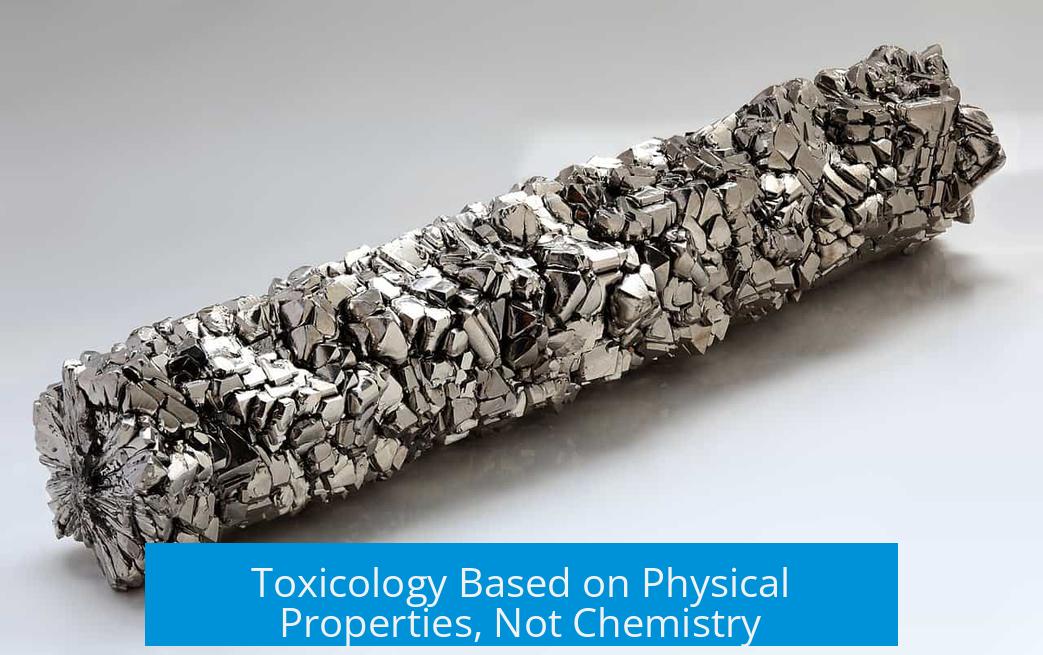
Titanium dioxide’s toxic effects stem from physical particulates rather than its chemical composition. Unlike substances that react chemically with biology, titanium is largely biologically inert. Studies show toxicity arises only when particles persist deep in lung tissue, not from normal cosmetic contact.
Comparison with Other Substances
- Crystalline silica (silicon dioxide) is a known carcinogen when inhaled at high levels.
- Despite this, environments like beaches with abundant silica dust pose minimal risk due to exposure limits.
- Titanium dioxide in makeup poses even less risk since it is not airborne as fine dust.
Why Titanium Dioxide Is Used in Makeup
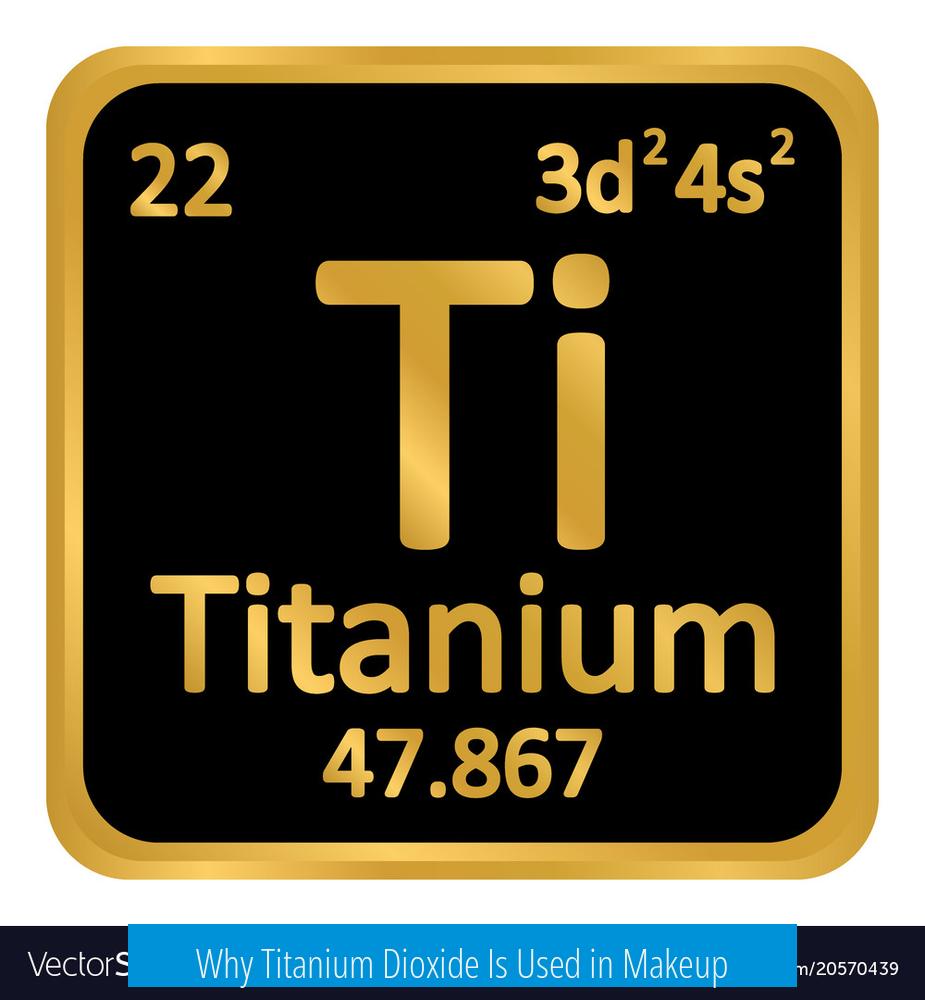
Titanium dioxide creates a white base that enhances color brightness in cosmetics. Alternatives like lead oxide were toxic, and calcium carbonate tends to clog pores and cake. TiO2’s combination of opacity and safety makes it preferred.
Sunscreen Applications
TiO2 also serves as an effective physical sunscreen agent. It absorbs ultraviolet radiation and converts it to harmless infrared energy, protecting skin from UV damage without chemical reactions.
Safety Precautions and Exposure Routes
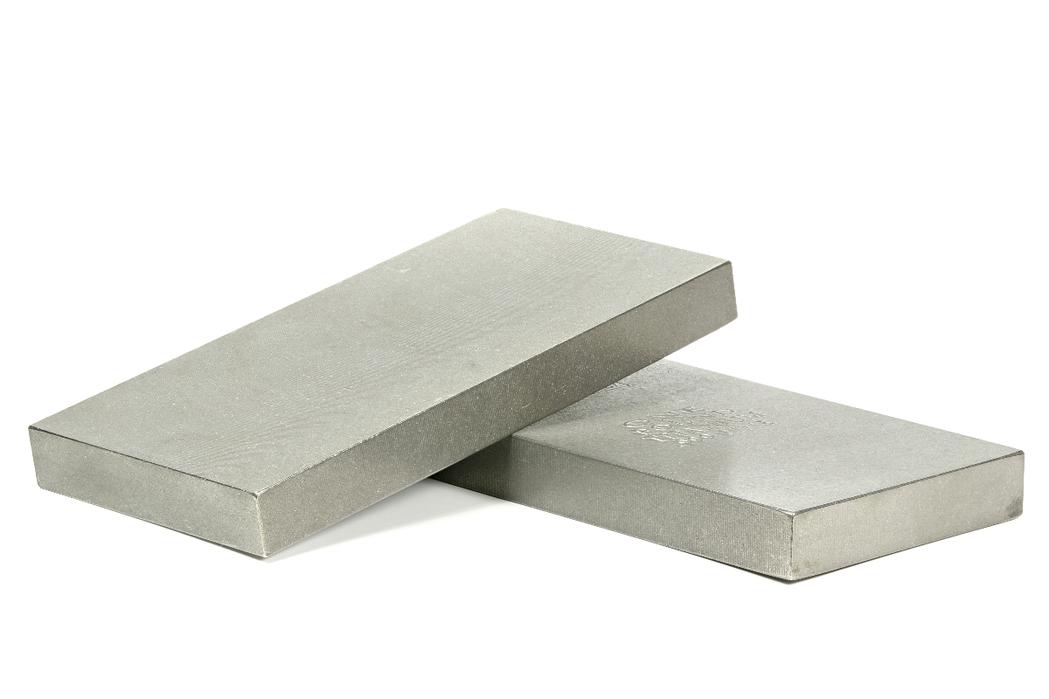
- TiO2 is not listed as carcinogenic in safety data sheets relevant to makeup use.
- Ingestion at very high levels might be harmful, but typical lipstick or foundation amounts are safe.
- Use caution with powders (e.g., rouge), which may generate respirable dust if heavily applied.
Summary
- Titanium dioxide’s potential carcinogenicity relates only to inhalation of fine particles.
- Cosmetic formulations prevent respirable exposure, making TiO2 safe in makeup.
- Toxicology depends on particle size, not chemical activity.
- TiO2 enhances cosmetic performance and serves as a UV protector.
- Properly used, titanium dioxide is a relatively non-toxic pigment.
Is Titanium Dioxide in Makeup Carcinogenic? The Straight Answer and What You Really Need to Know
Is titanium dioxide in makeup carcinogenic? The simple truth: not really, and here’s why.
Let’s cut through the noise. Titanium dioxide (TiO2) often pops up on lists of ingredients that sound scary. “Carcinogenic?” “Toxic?” But if you look closer, you see it’s all about context and form — not titanium dioxide itself acting like a sneaky villain.
So, what’s all this fuss about carcinogenicity? The answer hinges on how titanium dioxide is used and in what form. When TiO2 particles are tiny enough to be respirable (think nano-sized dust that can lodge deep in lungs), there’s a potential cancer risk. But here’s the clincher: in makeup products, titanium dioxide is NOT in that respirable form. Instead, it’s incorporated as a non-inhalable pigment or sunscreen agent. Therefore, typical makeup use does not pose carcinogenic concerns.
Particles Over Chemistry: Why Form Matters More Than Element
Titanium dioxide’s potential toxicity comes from its physical nature, not some sneaky chemical reaction. Most studies that spark alarm show harm only when TiO2 particles find their way into the lungs and stick around because the body can’t clear them out easily. So far, no chemical villainy from the TiO2 molecule itself.
Think of it like this: titanium is biologically pretty “meh.” It lacks significant interaction with our bodies, aside from being famously biocompatible in medical implants. The real caution flag waves only when very fine particles become airborne and inhaled in large quantities — not your daily foundation application.
Putting Risks in Perspective: Meet Crystalline Silica (Silicon Dioxide)
To illustrate, consider a cousin mineral: crystalline silica (silicon dioxide). It’s known carcinogenically in dust form, yet millions soak up silica on beaches daily without a panic attack. Why? Because you need large doses and specific exposure routes to cause harm. It’s all about how much and how you interact with it.
Similarly, titanium dioxide in the typical makeup dose is well below any danger level. Everyday use on your skin doesn’t come close to the kind of exposure that’s concerning.
Why Is Titanium Dioxide a Staple in Your Makeup Bag?
Beyond safety, TiO2 packs performance perks no one likes to admit. Most makeup contains it because it creates a superb white base that makes colors pop. Imagine trying to paint a vibrant wall without a white primer — the colors just don’t show up right.
Other white pigments either bring toxicity baggage (lead oxide, anyone?) or turn your face into a flaky mess (looking at you, calcium carbonate/chalk). Titanium dioxide strikes a balance: safe, effective, and cosmetically pleasing.
Bonus: Titanium Dioxide as a Mini UV Bodyguard
TiO2 isn’t just a pretty face pigment. It doubles as a sunscreen agent, soaking up ultraviolet rays and turning them into harmless infrared heat. This digests UV energy so it can’t wreak havoc on your skin DNA. It’s like a tiny sunshield that plays well with your makeup.
Safety Tips: When to Watch Out and When to Chill
Keep in mind: the biggest cancer risks come from large quantities accumulating in vital organs — brain, lungs, and such. You’re not injecting makeup into your brain, nor likely inhaling dangerously high TiO2 dust from powders (but powders deserve a tiny precaution flag). Avoid excessive powder inhalation just to be safe.
Ingesting tiny traces from lipstick? Usually, it’s harmless given the minuscule amounts. Still, as with anything, don’t go licking your makeup off like a snack.
Why Is Titanium Dioxide Still a Makeup Darling?
Its reputation shines brightest for one reason: relative safety coupled with dazzling performance. Its minimal toxicity when not inhaled makes it a darling ingredient in cosmetics. This combo means you get bright, durable colors and some sun protection — all without major health risks.
Wrapping It Up: Should You Freak Out About Titanium Dioxide?
Nope. While headlines scream “carcinogen,” the facts tell a quieter, safer story. Titanium dioxide in makeup is safe for regular use. Remember, danger lies not in the chemical formula but in huge amounts of respirable particles getting trapped in sensitive organs. Your makeup’s TiO2 is in a non-respirable, safe form designed to brighten your look and protect against sun damage.
Next time you see titanium dioxide on a label, you can just smile and think, “Yep, that’s the hard-working agent making my lipstick pop and sneaking in a bit of UV defense.” No need for a panic attack.
Pro tip: If you love powders, dab gently, avoid deep inhalation, and enjoy your makeup magic worry-free!
Questions? Curious about what else lurks in your cosmetics? Drop a comment and keep the conversation rolling. Remember, knowledge is the best beauty hack.
Is titanium dioxide in makeup carcinogenic?
Titanium dioxide might be carcinogenic in respirable forms. In makeup, it is not in this form, so there is no carcinogenic risk from regular use.
Why is titanium dioxide used in makeup if there are safety concerns?
It creates a white base that makes colors in makeup stand out. Alternative ingredients are either toxic or less effective.
Does titanium dioxide pose risks when inhaled in powder makeup?
Titanium dioxide is harmful when particles reach the lungs. Powder products could pose some risk if inhaled in large amounts, so caution is advised.
Is titanium dioxide chemically toxic or carcinogenic?
Toxicity comes from particles, not chemistry. The chemical itself doesn’t interact significantly with biology or cause harm chemically.
How does titanium dioxide act as a sunscreen agent in makeup?
It absorbs UV radiation and converts it to less harmful infrared energy. This helps protect skin from UV damage.



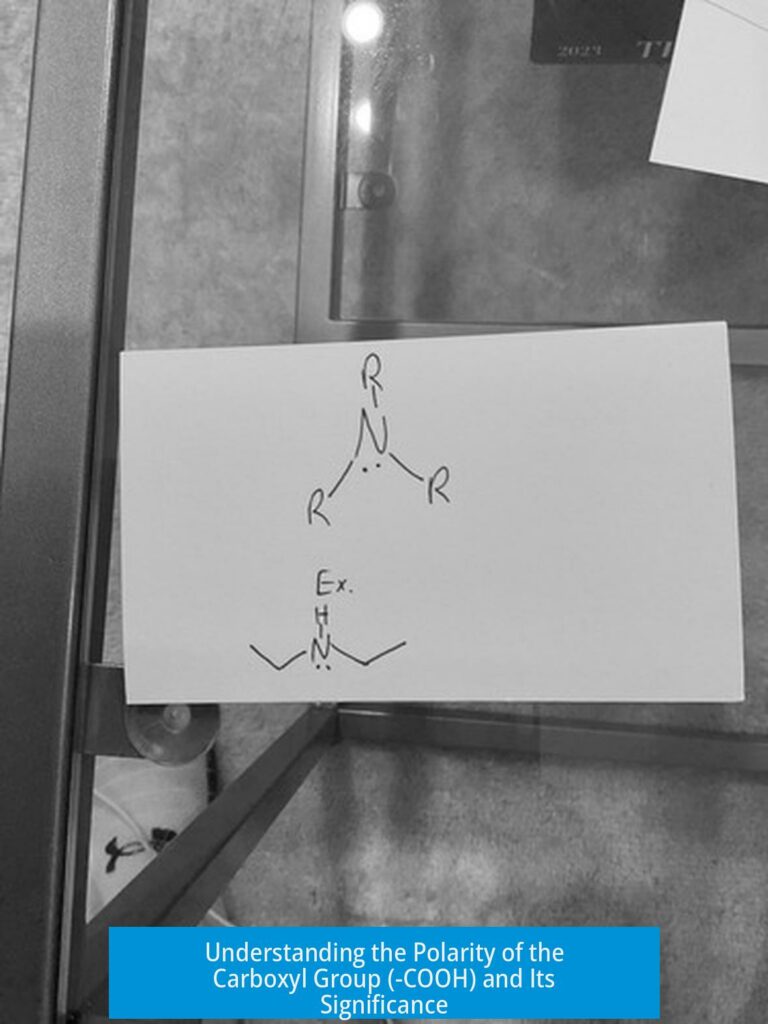
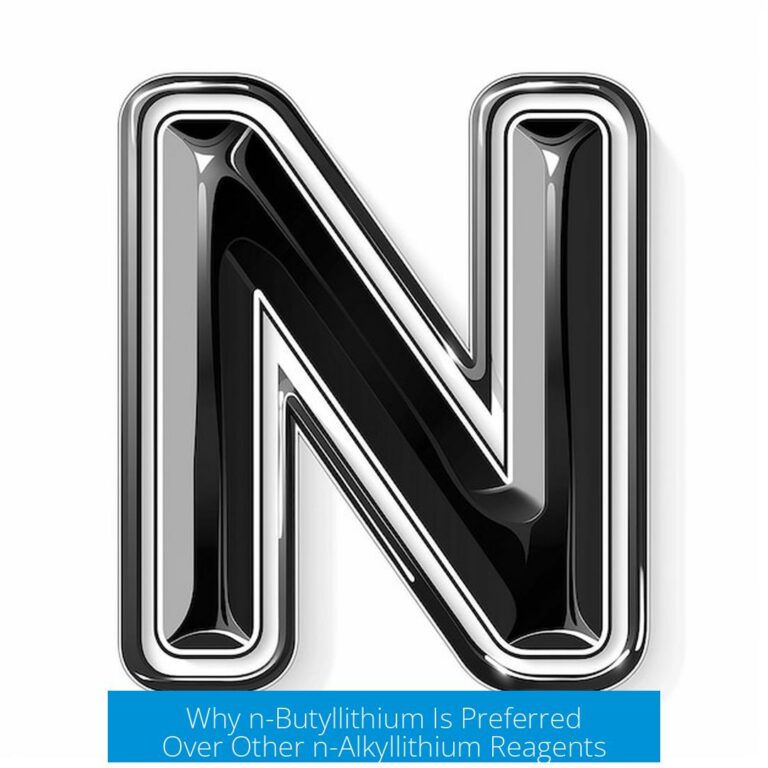
Leave a Comment